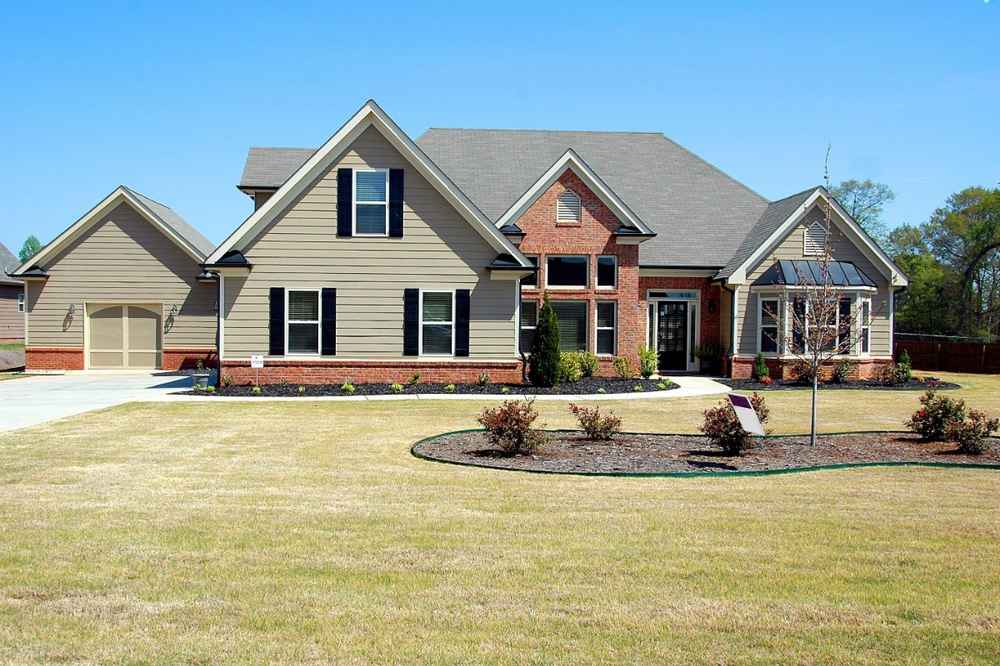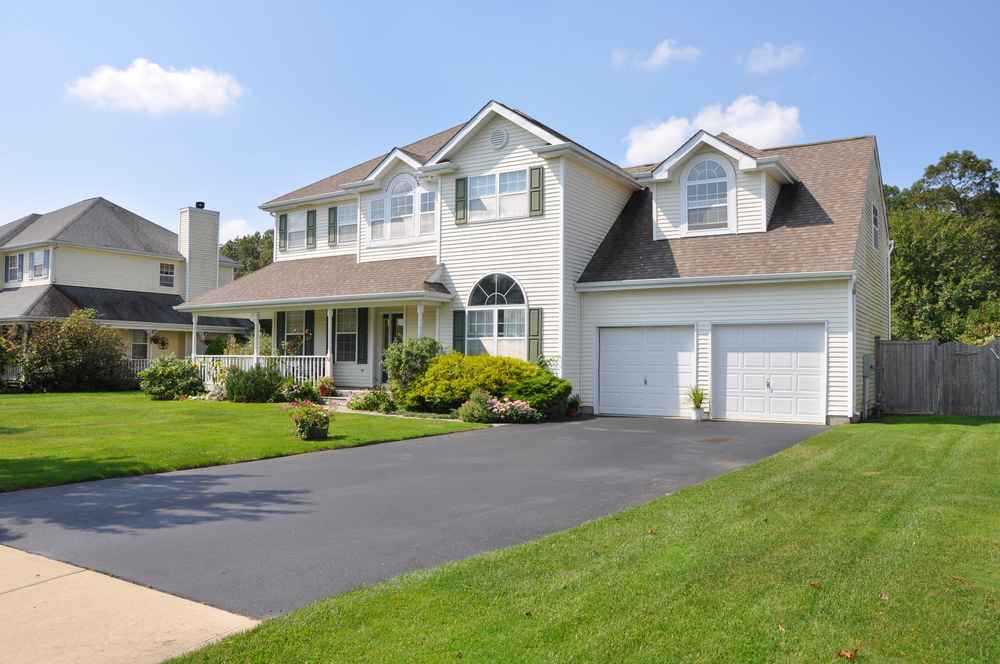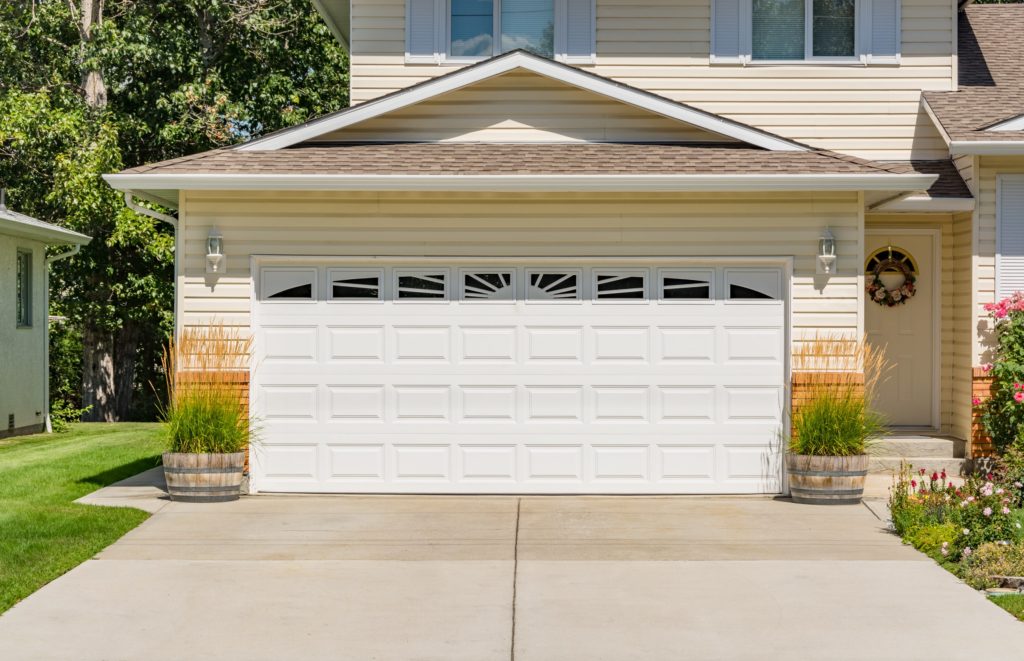What to Expect During the Roof Installation Process
Imagine this: you’ve just moved into your dream home, a beautiful abode with all the features you’ve ever wanted – except for one glaring issue: the roof is in desperate need of replacement. The thought of undergoing a roof installation might feel overwhelming, filled with uncertainties and potential disruptions to your life. But it doesn’t have to be a daunting experience. By understanding what to expect during the roof installation process, you can prepare yourself both mentally and logistically, ensuring a smooth and stress-free project. Let’s explore the journey from start to finish, breaking down each step so you know exactly what lies ahead.
Initial Consultation and Inspection: Setting the Stage
The roof installation process begins with an essential phase: the initial consultation and inspection. This stage sets the foundation for a successful project by establishing clear expectations and identifying any potential challenges upfront. During the consultation, homeowners meet with roofing professionals to discuss their specific needs, preferences, and budget. This conversation helps the contractor understand the scope of the project and recommend suitable materials and styles that align with the homeowner’s vision. It’s also an opportunity for homeowners to ask questions, clarify doubts, and gain insights into the various options available to them, ensuring they make informed decisions about their roofing investment.
Following the consultation, a comprehensive roof inspection is conducted to assess the current condition of the existing roof and underlying structures. This inspection involves a detailed examination of the roof’s surface, checking for signs of wear and tear, damage, leaks, and other issues that may affect the installation process. The roofing professional will also inspect the attic and other areas that can reveal hidden problems, such as moisture buildup or inadequate ventilation. The findings from this inspection are crucial for creating an accurate project plan and estimate. They help identify any necessary repairs or preparations needed before the new roof installation can commence, ensuring that the underlying structure is sound and ready to support the new materials.
The initial consultation and inspection phase culminates in a detailed proposal and project plan presented to the homeowner. This document outlines the scope of work, materials to be used, timeline, and cost estimate, providing a clear roadmap for the upcoming installation. Homeowners can review this proposal and discuss any adjustments or concerns with their contractor before proceeding. By setting the stage with a thorough consultation and inspection, both parties can enter the project with confidence, knowing that all aspects have been carefully considered and planned for. This proactive approach not only facilitates a smoother installation process but also enhances the overall satisfaction and peace of mind of the homeowner, ensuring that their new roof meets their expectations and stands the test of time.

Roof Installation
Detailed Proposal and Contract: Defining the Scope
After the initial consultation and inspection, the next vital step in the roof installation process is the creation and review of a detailed proposal and contract. This phase is critical as it defines the scope of the project, ensuring that both the homeowner and the roofing contractor are aligned on expectations, responsibilities, and deliverables. The proposal typically includes a comprehensive breakdown of the work to be performed, from the removal of old roofing materials to the installation of the new roof. It outlines the types of materials to be used, such as shingles, underlayment, flashing, and other accessories, explaining their benefits and why they were chosen for the specific project. This detailed documentation helps homeowners understand exactly what they are paying for and reassures them about the quality and efficacy of the planned work.
In addition to the work description, the proposal also provides a projected timeline for the project, including start and completion dates, as well as any milestones or phases within the installation. This timeline is crucial for managing expectations and planning around the construction activities. Furthermore, the contract section of the proposal will detail the terms and conditions, including payment schedules, warranties, and policies for handling any unforeseen issues or changes in the project scope. Clear communication in this document helps prevent misunderstandings and ensures that both parties are aware of their obligations and rights. It also specifies how any additional costs will be handled if complications arise, providing a framework for transparent and fair resolution.
Once the detailed proposal and contract are reviewed and agreed upon, both parties sign it, officially moving the project forward to the execution phase. This agreement serves as a binding document that protects the interests of both the homeowner and the roofing contractor. It not only ensures that the contractor will perform the work as promised but also holds the homeowner accountable for fulfilling their part of the agreement, such as making timely payments. By defining the scope of the project through a detailed proposal and contract, both parties can proceed with confidence, knowing that all critical aspects have been thoroughly discussed and documented. This foundational step lays the groundwork for a successful roofing installation, providing clarity, accountability, and peace of mind throughout the entire process.
Preparing Your Home and Property: Minimizing Disruptions
In the roof installation process, preparing your home and property is a crucial step to minimize disruptions and ensure a smooth project. This preparation begins with clear communication between you and your roofing contractor about what to expect during the installation. Contractors will typically provide guidelines on how to protect your belongings and maintain safety around the work area. Removing or covering items in your attic can prevent damage from debris or dust that may fall during the removal of your old roof. Inside your home, securing or moving fragile items from walls and ceilings can help avoid potential damage due to vibrations from construction activities.
Outside, it’s essential to prepare your property by moving vehicles, outdoor furniture, and any valuable decorations away from the house and work area. This not only protects your belongings but also provides the work crew with unobstructed access to the roof and space for their equipment. It’s advisable to trim overhanging branches and cut the grass short around your home to make cleanup easier once the project is complete. Additionally, informing neighbors about the upcoming work can help mitigate any inconvenience or noise concerns they might have. Good communication fosters a cooperative environment and helps maintain neighborhood harmony during the project.
Finally, establishing a plan for daily routines can significantly reduce disruptions to your household. Coordinating with the roofing crew about work hours allows you to schedule any necessary adjustments to your day-to-day activities. If you have pets or children, consider creating safe play areas away from the construction zone to ensure their safety. Being proactive about these preparations can greatly enhance the efficiency of the installation process and minimize stress. By taking these steps, homeowners can help ensure a smoother, more organized roofing project, resulting in a positive experience for both the residents and the work crew while safeguarding their property.

Roofing Services
Removal of Old Roofing: Clearing the Way
The removal of old roofing is a crucial step in the roof installation process, as it paves the way for a successful new roofing installation. This phase starts with the roofing crew preparing the site by laying protective coverings over landscaping, pathways, and any areas where debris might fall. These precautions help safeguard your property from potential damage during the tear-off process. The crew then begins to strip away the existing roofing materials, such as shingles, underlayment, and flashing. This task is labor-intensive and often reveals the true condition of the underlying roof deck, which may have been hidden beneath layers of old material. Discovering issues like rotted wood, mold, or structural damage at this stage is common and allows for timely repairs.
As the old materials are removed, the roofing team conducts a thorough inspection of the roof deck to ensure it is sound and ready for the new installation. This inspection is critical because any deficiencies in the deck, such as weak spots or rotting, must be addressed before proceeding. Repairing or replacing these compromised areas ensures that the new roof will have a solid foundation, enhancing its longevity and performance. During this phase, contractors may also check for and resolve any ventilation issues, ensuring that the roofing system can effectively manage heat and moisture once installed. Proper ventilation is essential for preventing future problems such as ice dams and condensation buildup.
Clearing the roof of old materials also involves managing waste responsibly. Roofing crews typically use large dumpsters or trucks to collect and haul away the debris, keeping the site organized and safe. They adhere to local regulations for disposal, ensuring that materials are discarded properly and environmentally responsibly. Once the old roofing has been completely removed and any necessary repairs made, the site is cleared of debris, and the roof deck is prepared for the new materials. This meticulous preparation sets the stage for the installation of the new roofing system, ensuring that it is built on a strong, clean, and secure foundation. Homeowners can expect some noise and disruption during this phase, but thorough planning and professional execution minimize these inconveniences, leading to a smoother overall project.
Repairing the Roof Deck: Strengthening the Foundation
Repairing the roof deck is a critical step in the roof installation process, as it strengthens the foundation for the new roofing materials. Once the old roof has been removed, the underlying deck is thoroughly inspected for any signs of damage or weakness. Common issues that may be uncovered include rotted wood, water damage, mold growth, and structural deficiencies. Addressing these problems is vital for ensuring that the new roof performs optimally and lasts for its intended lifespan. Professional roofing contractors are skilled at identifying these issues and making the necessary repairs, which might involve replacing damaged sections of the deck, reinforcing weak areas, or applying treatments to prevent further deterioration.
Ensuring the roof deck is in prime condition before installing new materials is not only about structural integrity but also about enhancing the overall functionality of the roof. For instance, a properly repaired deck provides a stable base for the new shingles or tiles, preventing them from shifting or becoming dislodged over time. Additionally, a sound roof deck helps improve the home’s energy efficiency by providing better insulation and preventing air leaks. This reduces heating and cooling costs and contributes to a more comfortable living environment. Furthermore, addressing ventilation issues during this stage is crucial, as adequate airflow beneath the roof helps prevent moisture buildup and prolongs the life of the roofing materials.
The process of repairing the roof deck involves careful planning and precision work to ensure the highest quality results. Contractors use specialized tools and materials designed for roof repair, adhering to industry standards and best practices. Once the repairs are complete, they conduct a final inspection to verify that the deck is ready for the installation of the new roofing system. This meticulous attention to detail ensures that the foundation of the roof is robust and capable of supporting the new materials effectively. By prioritizing the repair of the roof deck, homeowners can be confident that their new roof will provide durable protection against the elements, enhancing the safety, comfort, and value of their home for years to come.

Professional Roofing Services
Installing New Roofing Materials: Crafting the New Roof
Installing new roofing materials is one of the most exciting stages of the roof installation process, as it brings the vision of a new roof to life. Following the thorough preparation and repair of the roof deck, the actual installation of the new materials begins. This phase starts with the application of underlayment, a crucial layer that provides an additional barrier against moisture and helps protect the roof deck from water infiltration. Underlayment materials are carefully chosen based on the specific needs of the roof and local weather conditions, ensuring optimal performance and longevity. Once the underlayment is securely in place, the installation of shingles, tiles, or metal panels can commence, meticulously arranged to ensure proper alignment and secure attachment.
The primary roofing materials, whether they are asphalt shingles, clay tiles, or metal sheets, are installed following a systematic method to ensure durability and aesthetic appeal. The roofing crew works from the bottom up, overlapping each layer to create a water-resistant surface that effectively channels rainwater away from the roof. Attention to detail is paramount during this stage, as precise placement and secure fastening of each piece ensure the overall integrity and longevity of the roof. Additionally, specialized components such as flashing are installed around roof penetrations like chimneys, vents, and skylights to prevent leaks and provide extra protection to vulnerable areas. The craftsmanship and expertise of the roofing team play a significant role in achieving a seamless, high-quality finish.
As the new roofing materials are installed, the final touches include installing ridge caps, which cover the roof’s seams at the peaks and enhance its finished appearance. The entire process is conducted with a focus on safety, quality, and efficiency, ensuring minimal disruption to the household while maintaining high standards of workmanship. Upon completion, a thorough inspection is conducted to verify that all elements have been installed correctly and that the roof meets all specifications and building codes. This final step ensures that the new roof not only looks great but also provides reliable protection for the home. The successful installation of new roofing materials marks the culmination of the project, delivering a resilient and aesthetically pleasing roof that adds value and security to the property for many years to come.
Final Inspection and Cleanup: Ensuring Quality and Leaving No Trace
The final inspection and cleanup phase is the concluding step in the roof installation process, ensuring that the project meets the highest standards of quality and that your property is left in pristine condition. Once the new roofing materials have been installed, a comprehensive inspection is conducted by the roofing professionals. This inspection verifies that every aspect of the installation adheres to the project’s specifications and complies with all relevant building codes. The inspectors carefully examine the roof for any potential issues, such as improperly secured shingles, insufficient flashing around roof penetrations or inadequate ventilation. Addressing these details ensures that the roof will provide long-lasting protection against the elements and perform as intended.
In addition to the quality check, the final inspection also involves testing the roof’s durability and weatherproofing. Professional roofer may use water tests or other methods to ensure there are no leaks and that the roofing system is functioning correctly. They also assess the overall appearance to confirm that the installation not only meets technical requirements but also enhances the home’s curb appeal. Any minor adjustments or touch-ups needed to perfect the roof are completed during this stage. Homeowners are often invited to participate in the inspection, providing an opportunity to ask questions and gain a thorough understanding of their new roof’s features and benefits.
Once the final inspection is complete and the roof is deemed satisfactory, the cleanup process begins. A professional roofing crew takes pride in leaving the worksite spotless, removing all debris, leftover materials, and equipment. Special attention is given to ensuring that no nails or sharp objects are left behind, protecting both residents and pets from potential hazards. The surrounding landscape is restored to its original condition, with any protective coverings removed and plants or outdoor furniture returned to their places. This meticulous cleanup underscores the commitment to customer satisfaction and respect for the homeowner’s property. By the end of this phase, the new roof installation is not only a functional and aesthetic enhancement to the home but also a testament to the professionalism and care of the roofing team, leaving the property in top shape and ready to withstand the test of time.
Conclusion
Understanding the roof installation process from start to finish can transform a potentially stressful experience into a manageable and even exciting project. By familiarizing yourself with each step—initial consultation, detailed proposal, property preparation, old roof removal, deck repair, new material installation, and final inspection—you equip yourself with the knowledge to navigate the process smoothly. A well-informed homeowner can communicate effectively with contractors, anticipate disruptions, and ensure the project stays on track. Embrace each phase with confidence, knowing that the end result will be a durable, aesthetically pleasing roof that enhances your home’s value and protection.
https://www.google.com/maps?cid=465871782046421571




